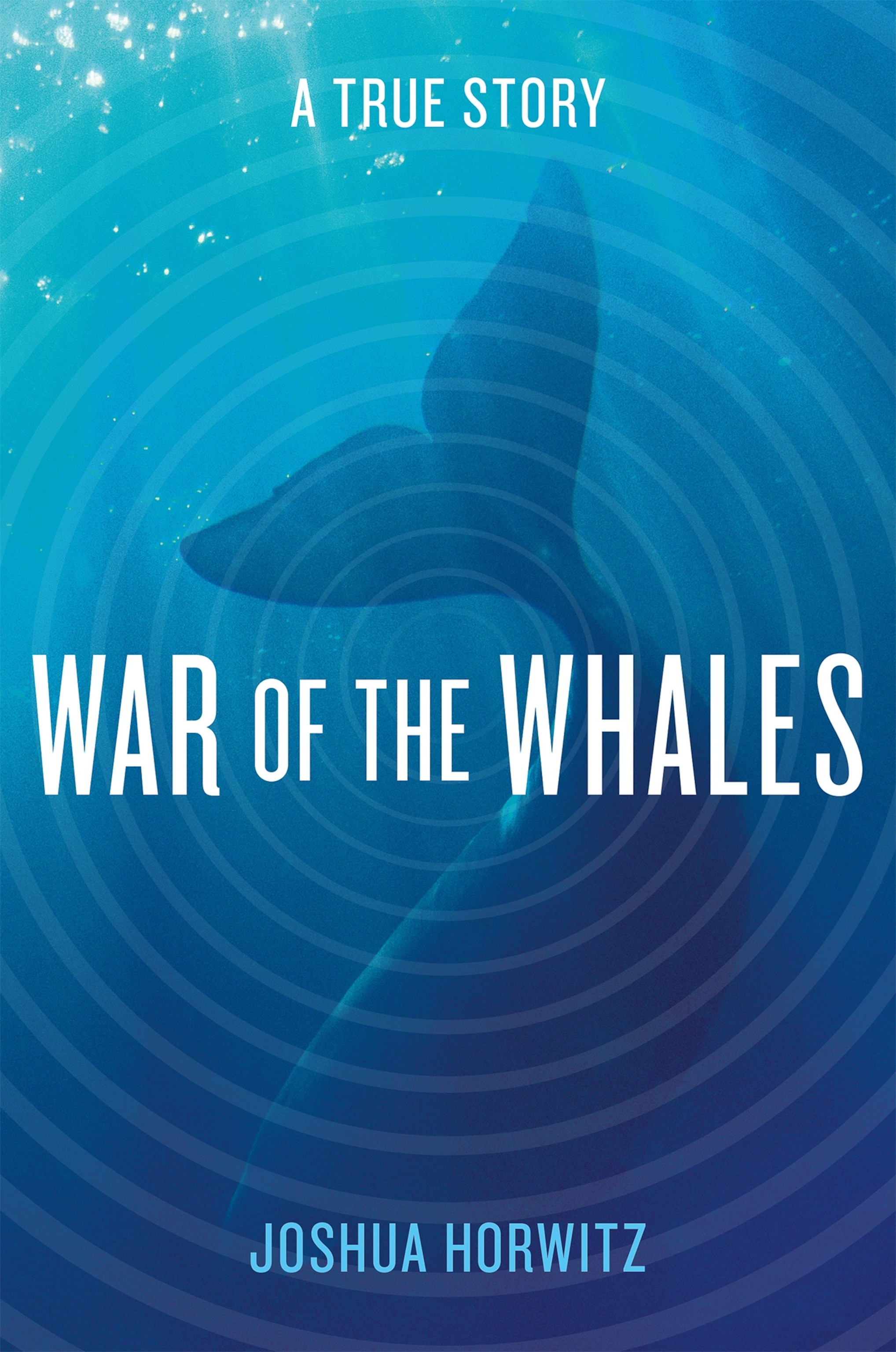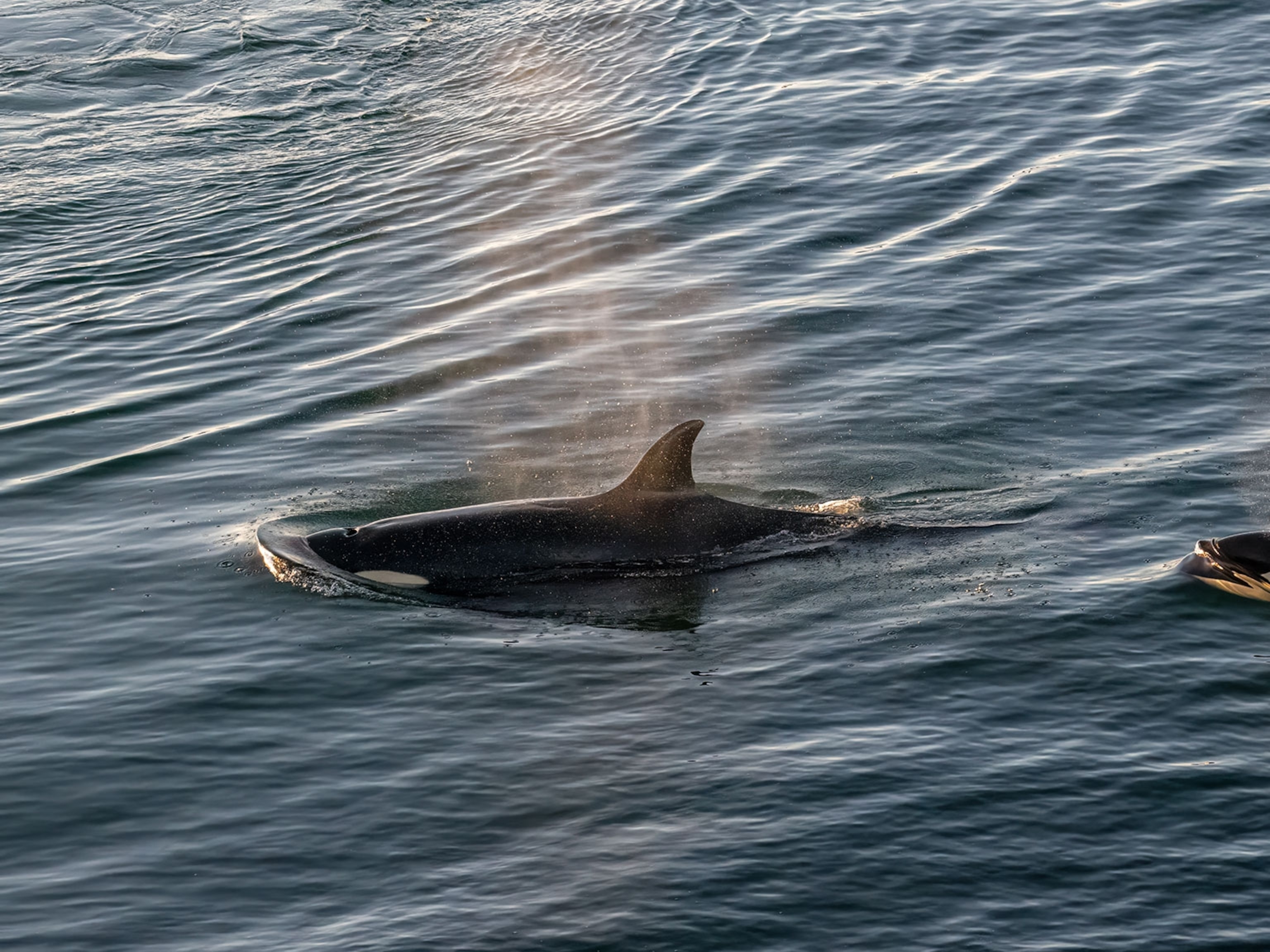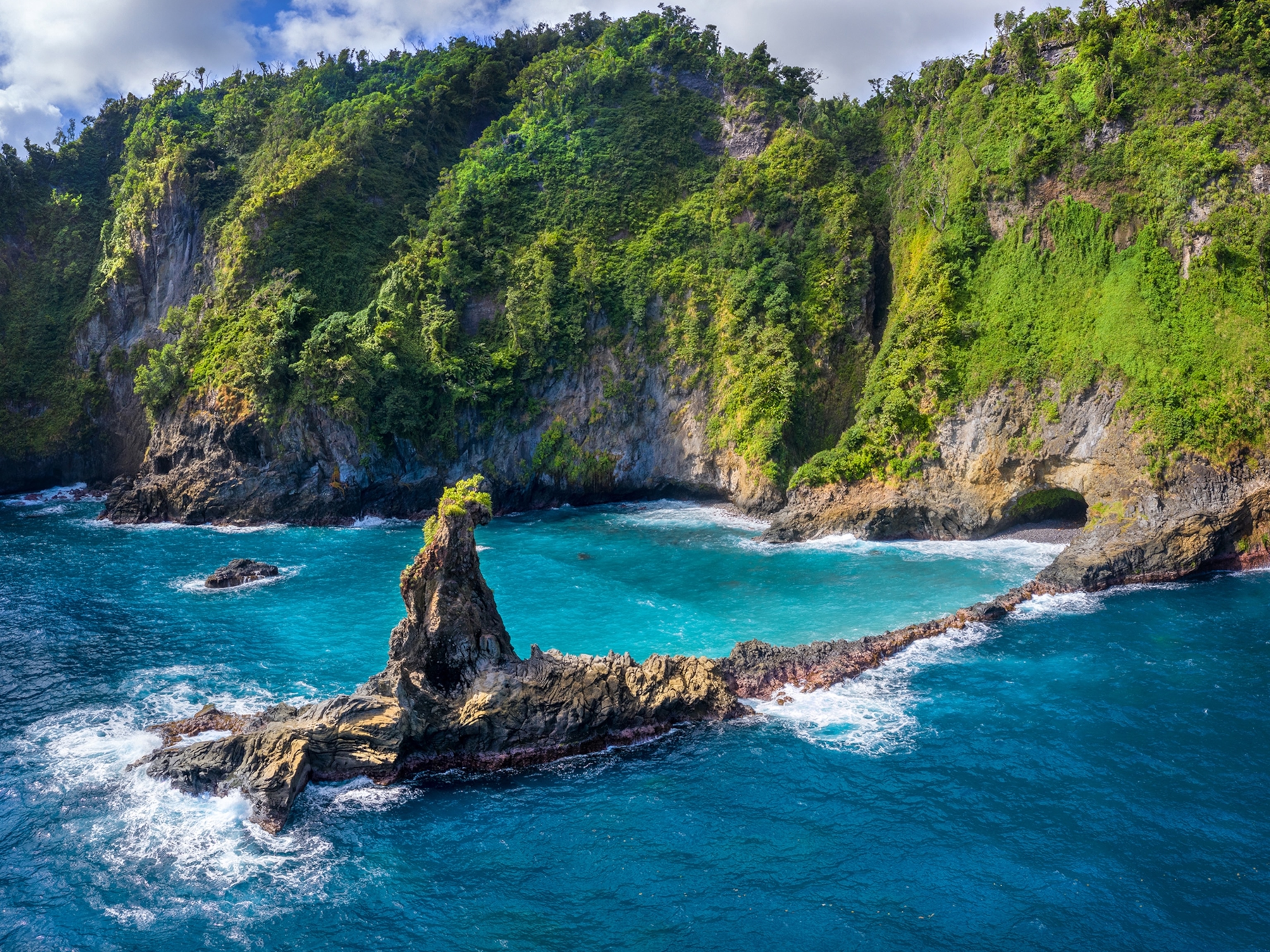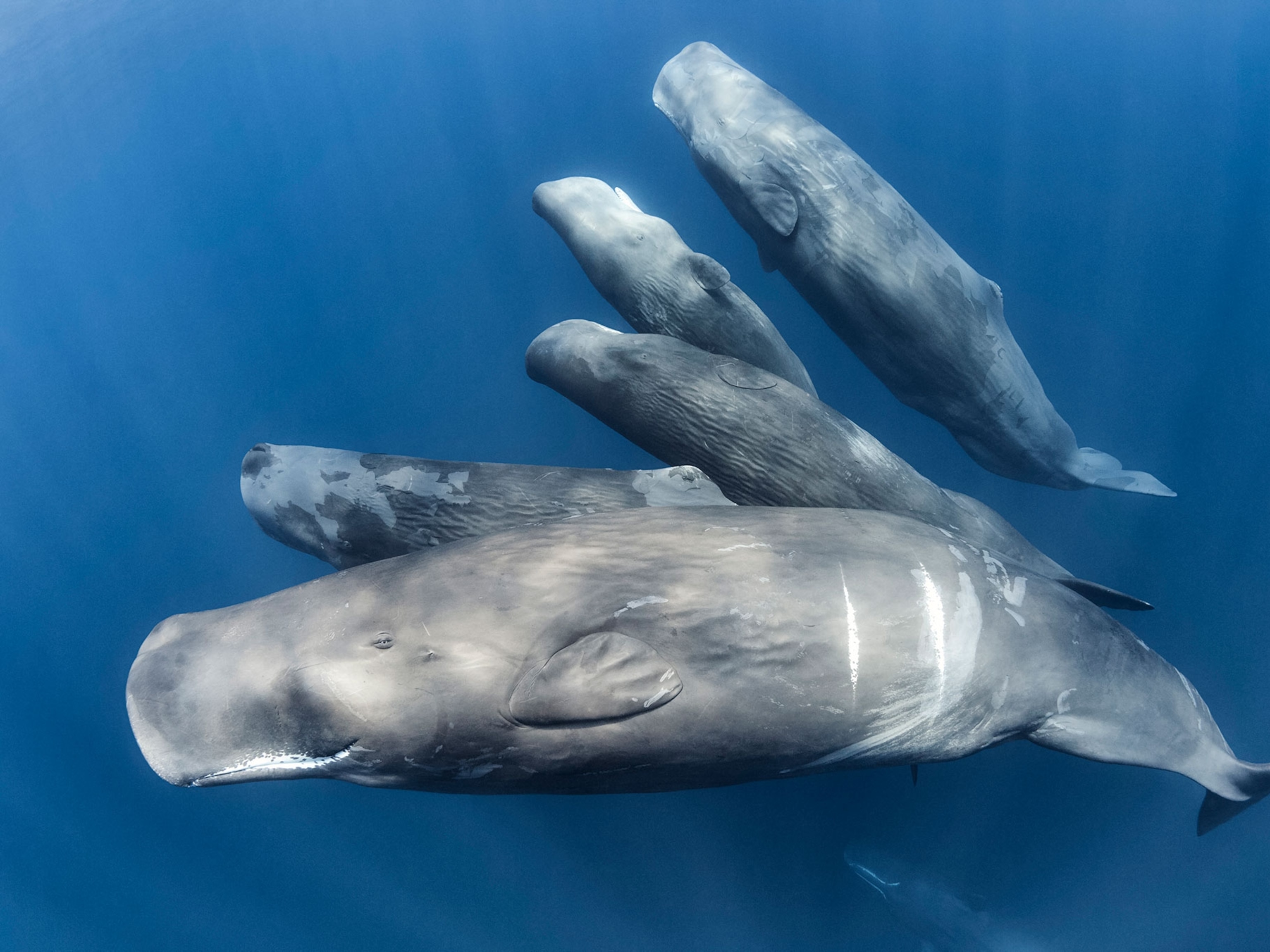
The Inside Story of a Landmark Environmental Lawsuit Brought Against the U.S. Navy
A conversation with the author of "War of the Whales"
The mass stranding of beaked whales in the Bahamas in 2000 set alarm bells ringing. What had happened? Why had a group of cetaceans that had lived in Grand Bahama Canyon for 30 million years become so disoriented that they fled into shallow water and died?
Award-winning journalist Joshua Horwitz set off like a detective to find the answers. His guides are an ex-Navy sonar officer turned whale activist and a crusading environmental lawyer. As Horwitz takes the reader inside a landmark environmental lawsuit brought against the U.S. Navy, he uncovers top-secret underwater sonar programs; tracks down the Einstein of the oceans at a cottage in La Jolla, California; and shows that the mass stranding of whales is by no means a thing of the past.
The title of your book is War of the Whales: A True Story. Can you briefly describe the battlefield?
It's about a clash between two mission-driven groups that care deeply about whales and the oceans, though for completely different reasons: the generation of Americans who grew up falling in love with whales and dolphins from television, then in marine parks, then in the wilds—and the U.S. military.
It took you seven years to write this book. What drove you?
Like any author, I'm looking for untold stories with great plots and characters. And the deeper I got into this story, the more intrigued I became. I knew almost nothing about whales going into it. I knew what I had learned from my sixth grade teacher, Mr. Biggs [laughs].
Fortunately, writing the book meant visiting field researchers around the world, including Navy researchers. And it gave me a chance to spend time with whales up close and personal. The subtitle for the book is "A True Story." But another subtitle could be "A Love Story."
The book opens with the mass stranding of beaked whales on Abaco Island in the Bahamas. What happened?
The story is narrated in some ways as a mystery or detective story. All that was known at the beginning is that a species of beaked whales that are resident in Grand Bahama Canyon abandoned the safety of the canyon and fled to the beaches, where many of them died.
But as the story evolves, it becomes clear why they'd stranded. And that it was connected with deep-sonar exercises that were being conducted by the Navy. What they did in these exercises was come in at one end of this closed canyon and start sweeping it with sonar, looking for two Navy decoy subs that were down in the canyon, emitting very high-intensity, midfrequency sonar at about 265 decibels.
That's more than twice as loud as Maria Sharapova's scream when she hits a tennis ball...
Yes [laughs]. It's also been compared to the sound of a jet fighter. So you have to imagine a four-mile-deep, hundred-mile-long, fifty-mile-wide canyon, which is a bit like a bathtub, being bombarded with an acoustic storm.
Whales have lived in this canyon for more than 30 million years. They spend most of their time diving to a depth of more than a mile, because they feed on deep-dwelling squid, which is their biological niche. We don't know what their experience of it was exactly, but we do know that they were subjected to very intense concentrations of sound, which was confirmed by the Navy's own investigation.
Many [whales] surfaced too fast, which is dangerous, because like us they can get the bends. A certain number fled the canyon altogether, probably for the first time in their lives, and eventually stranded on the beach. Others are suspected to have died and sunk to the bottom.
I was surprised to discover in your book that the U.S. Navy became the leading patron of modern cetology—the study of whales. What did they hope to find out?
The roots of it were in the Cold War. We were terrified a Soviet submarine might leak through the net of surveillance. And the U.S. Navy discovered in the '50s, when they sent their researchers down to the marine parks in Florida, that dolphins echolocate with a precision that far exceeded anything the Navy had developed. They began training dolphins to do amazing things, like detecting real mines from decoy mines in Vietnam and subsequently in the Gulf. But the big play for the Navy was to reverse-engineer 30 million years of evolved biosonar.
The War of the Whales is, among other things, a search for the truth about top-secret U.S. Navy programs. Did you experience any obstacles in your research?
The Navy is called "the silent service," and for good reason. Everything the Navy does is classified. And nothing is more secret than their anti-submarine-warfare sonar programs—so it was a tough nut to crack. Luckily, one of my protagonists was an ex-Navy researcher, who in his earlier days had been a sonar officer. But he didn't know about the latest programs. So I had to go to the Navy.
Active-duty Navy people won't speak to you without a [public affairs] person in the room, so that kills those conversations. But I discovered that retired admirals are a lot freer to talk. Luckily, I found my way to one particularly good source, who was the architect of this whole active sonar program at the end of Cold War but wasn't happy about the way that the Navy had conducted its confrontation with the environmental movement. So he agreed to talk to me.
Two central figures propel the book: an ex-Navy whale watcher named Ken Balcomb and an environmental lawyer named Joel Reynolds. Can you give us a snapshot of them?
They're a remarkable pair because they're such an unlikely couple. Joel Reynolds is this very polished, really smart environmental lawyer who had figured out a way to apply noise pollution laws on land to the ocean to go after the Navy. Ken Balcomb is your total lone wolf: the kind of guy who is more comfortable with whales than people [laughs]. He wasn't an animal rights activist. But because he was in the Bahamas when the whales stranded, he became the reluctant whistle-blower.
You met many fascinating experts. One who seems to have particularly captured your imagination was a man named Walter Munk.
The term "genius" is bandied around a lot these days, but Walter Munk is the Einstein of the oceans—the most important, brilliant scientist you've probably never heard of. He was an émigré from Vienna in the '30s. His family were a prominent banking family, and they sent him to New York to study banking, which he hated. So he ran away to Cal Tech, where he studied geophysics and eventually geofluid physics.
When Pearl Harbor happened, the Navy recruited him, and he made his mark by being the first person to figure out how to predict surf conditions for the Allied landings in Italy and the Pacific—and later D-Day—from a bunker in the Pentagon. He later became one of the architects of these long-range sonar systems.
He is also one of the critical characters in the book because of a key piece of information that comes into possession of the lawyer. But I don't want to give too much away.
Eventually the case brought by the Natural Resources Defense Council (NRDC) to halt underwater sonar went all the way to the Supreme Court. The Navy won. What's the situation now?
As lawyers know, there are skirmishes and battles in any war. The Supreme Court is the most conservative panel in the country, which is probably why the Navy wanted to take one of the cases there. They did win. But the NRDC went back to court to sue the Navy at the beginning of this year because of its expanded explosives and sonar programs in California and Hawaii.
What do you hope your readers will take away from this story?
I think the lesson is that there are no final victories. As Joel Reynolds told me: All you ever win is the right to stay in the battle and return to court to fight another day. The Supreme Court definitely gave the Navy the upper hand in the legal arena.
But the big picture here is that if you look back 20 years, before this lawsuit, the Navy was basically operating in a black box. Now it has to file for permits with Fisheries and NOAA. It has to file environmental impact studies.
It doesn't mean there aren't whale strandings. In April this year, five Cuvier's beaked whales stranded off Crete during joint U.S.-Greek-Israeli naval exercises in the Mediterranean. But there has been a sea change in the way the Navy operates.
What are you working on now?
I am basically using this book to make people aware of the broader problem of noise pollution in the ocean. Because, as lethal as military sonar can be, there are bigger sound sources—what is known as "chronic noise pollution," mostly from international shipping and oil and gas drilling.
A report published this winter traced the mass stranding of a hundred melon-headed whales off the coast of Madagascar to oil and gas exploration by a major multinational corporation. Noise is stressful. It's damaging everything in the oceans, even coral.
Simon Worrall curates Book Talk. Follow him on Twitter or at simonworrallauthor.com.







